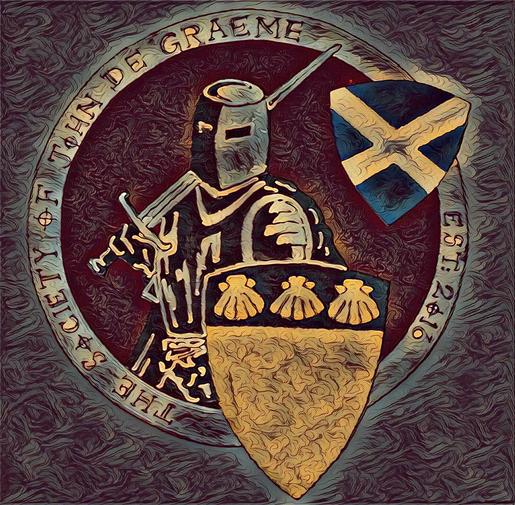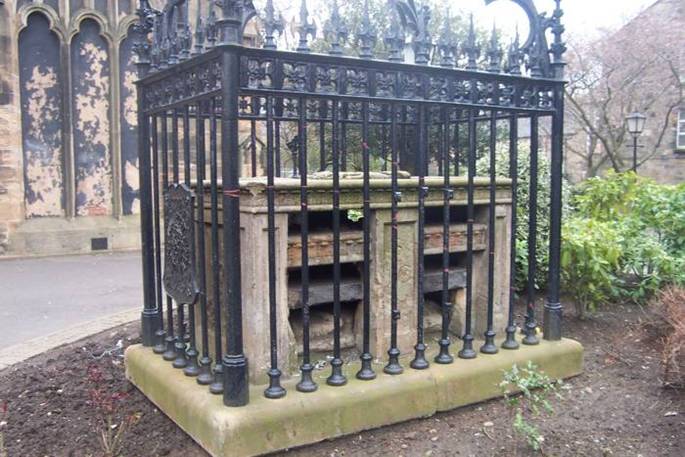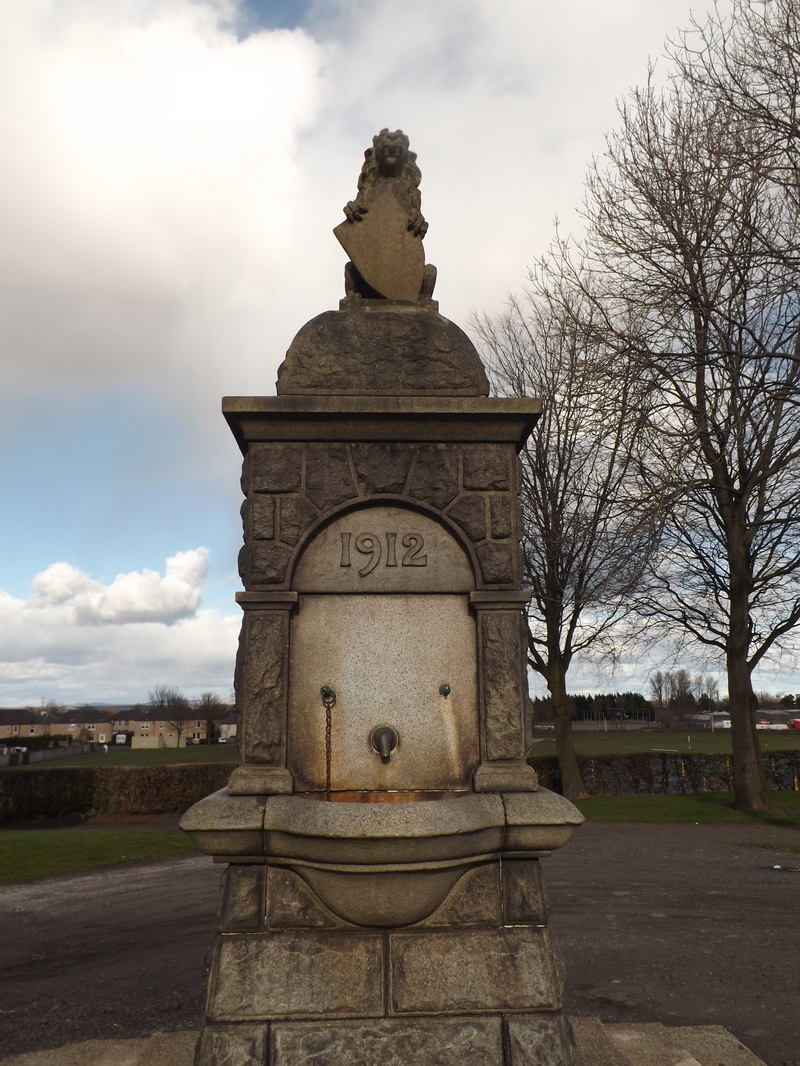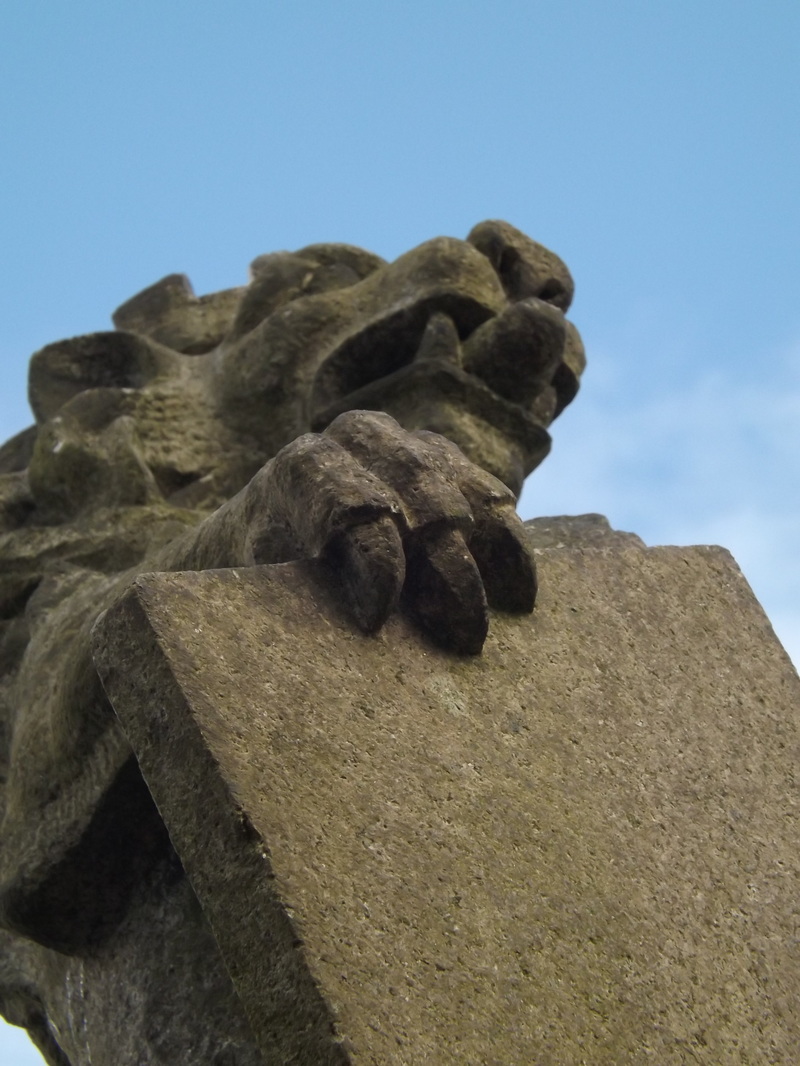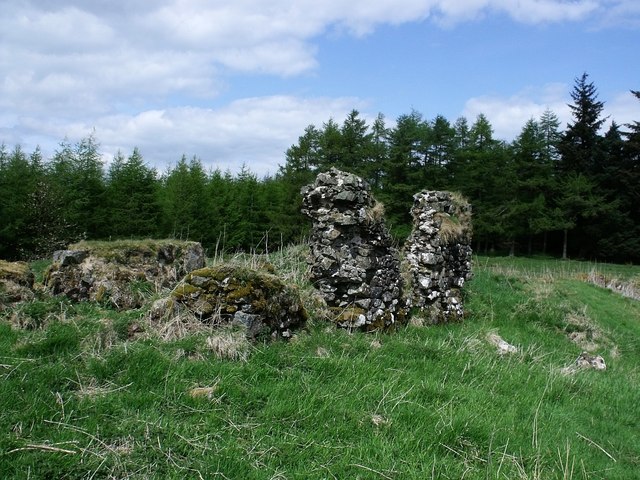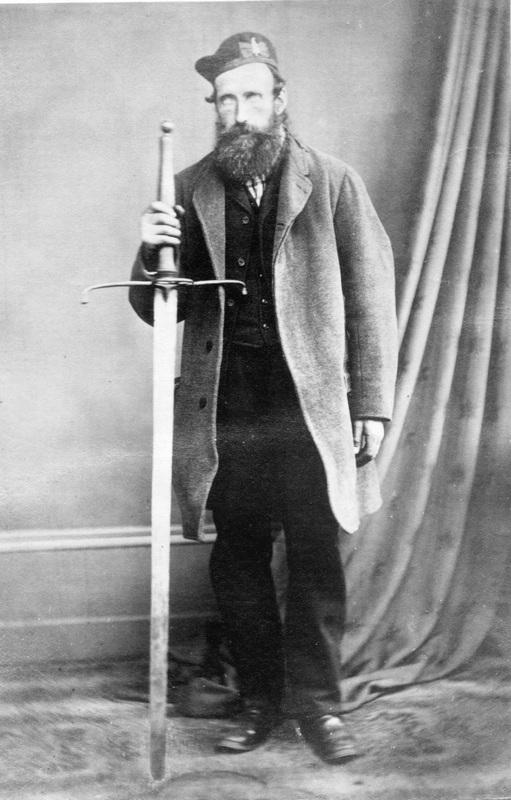Click
to edit.
The Society Of John De Graeme |
Sir John De Graeme, baith wight and wise,
Ane of the Chief who saved Scotland thryse
Ane Better Knight no to the world has lent
nor was gude Graeme of Truth and Hardiment
Ane of the Chief who saved Scotland thryse
Ane Better Knight no to the world has lent
nor was gude Graeme of Truth and Hardiment
